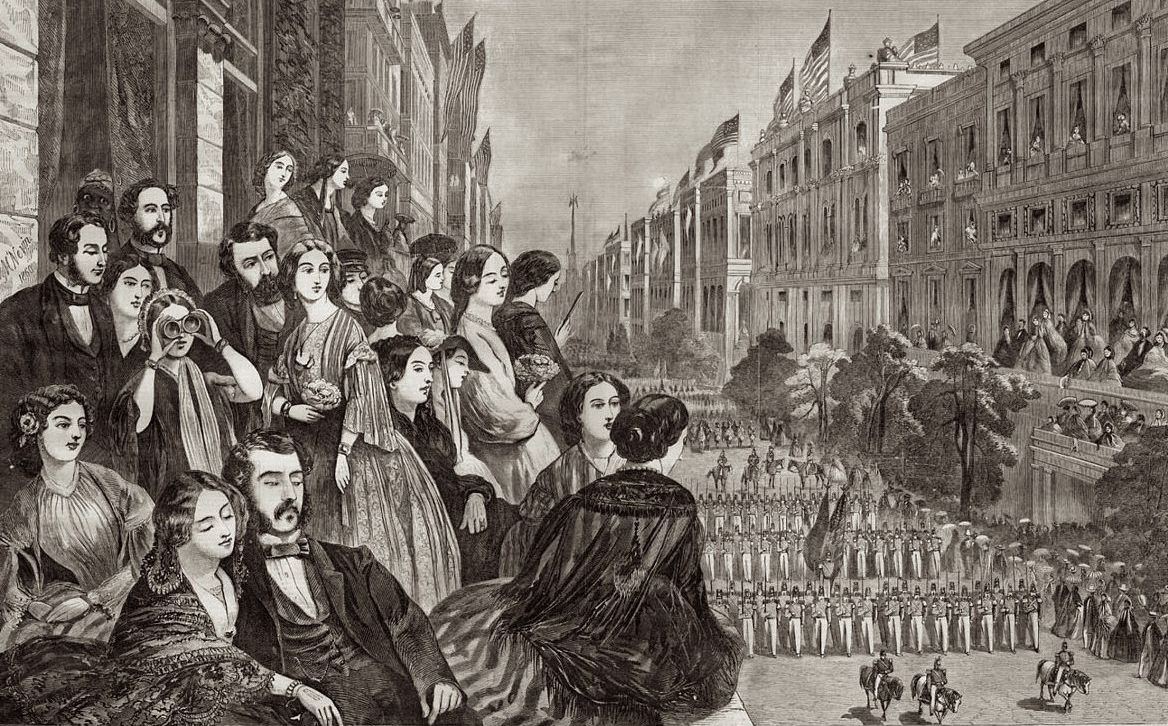November 2024
Editor’s Note: Michael Luo is the Executive Editor of The New Yorker and the author of Strangers in the Land: Exclusion, Belonging, and the Epic Story of the Chinese in America, from which portions of this essay was adapted.
In the fall of 2016, I was standing in the rain with my family and some friends, in front of a restaurant on Manhattan’s Upper East Side, when a woman brushed past us, evidently aggravated we were in her way. Partway down the block, she yelled, “Go back to China!”
For a moment, I was stunned. Did she really say that? l abandoned my younger daughter in her stroller and rushed after the woman. We exchanged words, and when I walked away, she screamed, “Go back to your fucking country.” Because I could think of nothing else, I said, “I was born in this country!”

It was the biggest event in recent memory for New York City, and the “metropolis of the New World” outdid itself to honor the Prince of Wales, Queen Victoria’s oldest son, in the first visit to America by a member of the British royal family.
Editor’s Note: Victor Davis Hanson is an American military historian, columnist, classics professor and prolific author. He was awarded the National Humanities Medal in 2007 by President George W. Bush. Hanson’s most recent book, The End of Everything: How Wars Descend into Annihilation, from which this essay was adapted, looks at examples in the past of civilizations that were destroyed, reminding us that societies are not immune from the horror of wars of extinction and the erasure of an entire way of life.
Editor’s Note: Curtis Wilkie is a retired professor, journalist, and historian of the American South who was the longtime Southern bureau chief for the Boston Globe. Historian Douglas Brinkley observed that, “Over the past four decades no reporter has critiqued the American South with such evocative sensitivity and bedrock honesty as Curtis Wilkie.” Wilkie is the author of numerous books including Dixie: A Personal Odyssey Through Events That Shaped the Modern South and Assassins, Eccentrics, Politicians, and Other Persons of Interest: Fifty Pieces from the Road, where a version of this essay first appeared.

Editor’s Note: Steven Wagner is a professor of history and former head of the Social Science department at Missouri Southern State University. He is the author of two books on Ike, including Eisenhower for Our Time, in which portions of this essay appeared.
Early in his presidency, President Eisenhower wrote a letter to his good friend, retired Brigadier General Bradford Chynoweth, in which he explained his philosophy of the Middle Way.
